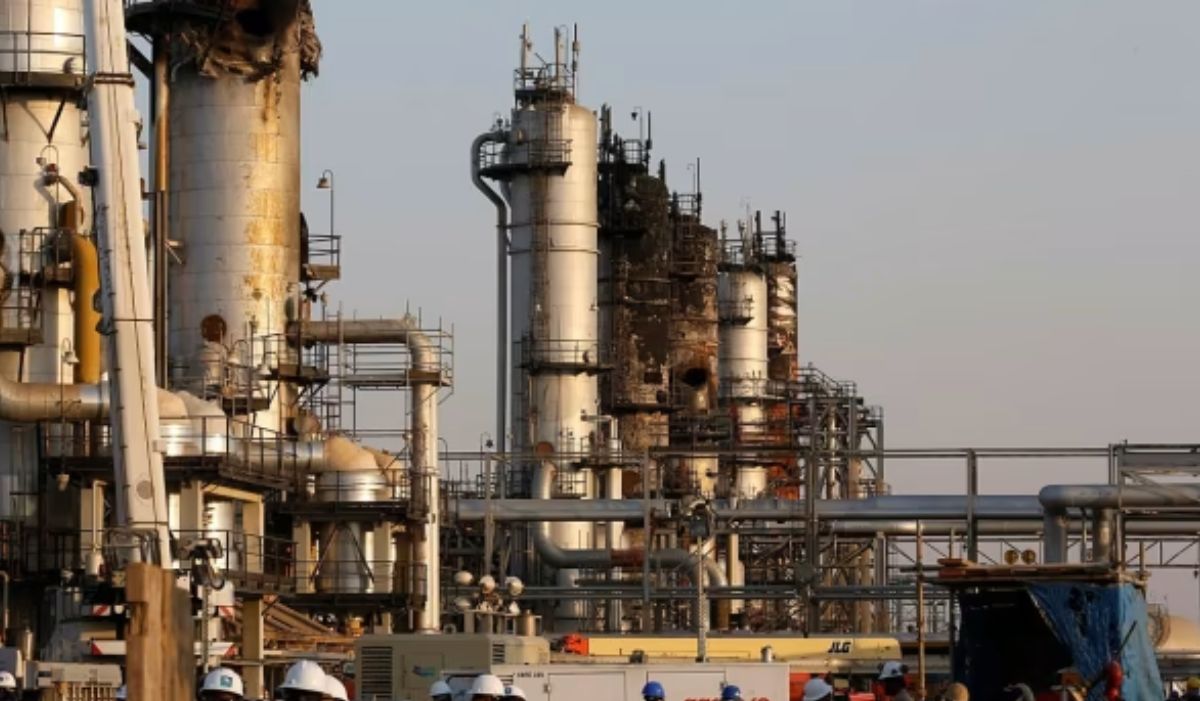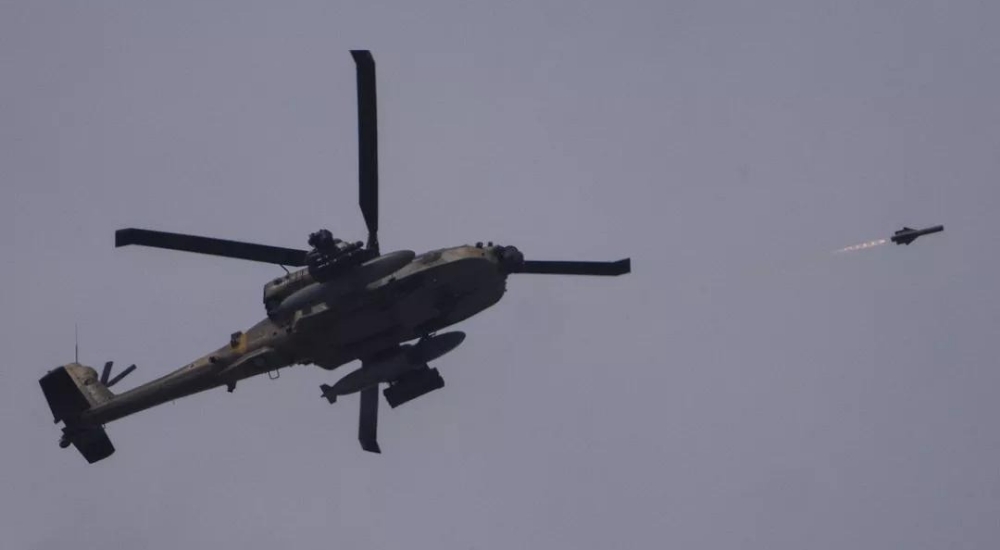Oil Prices Fluctuate Amid U.S.-Iran Tensions as Strait of Hormuz Remains Open

Crude oil prices swung sharply on Monday, initially surging to their highest levels in five months before retreating, as tanker traffic continued through the Middle East despite escalating conflict following U.S. airstrikes on Iranian nuclear sites.
Brent crude rose by 16 cents (0.2%) to $77.17 per barrel on Monday afternoon, while U.S. West Texas Intermediate (WTI) edged up by 14 cents (0.2%) to $73.98 per barrel.
Tensions in the Middle East intensified dramatically over the weekend after U.S. President Donald Trump confirmed that American forces had “obliterated” several of Iran’s nuclear facilities in coordinated strikes with Israel. In response, Iran accused the U.S. of expanding the scope of military aggression and vowed retaliation, calling President Trump a “gambler” for siding with Israel in what Tehran described as a joint campaign against the Islamic Republic.
Fresh Israeli airstrikes reportedly hit Tehran and the Fordow nuclear site—one of Iran’s most sensitive nuclear installations—already targeted in the U.S. offensive. Iran, the third-largest oil producer in OPEC, declared that the attacks had widened the range of potential military targets in the event of retaliation.
Following the strikes, Brent and WTI futures briefly climbed to $81.40 and $78.40 per barrel respectively—their highest levels since January—before paring gains amid ongoing market uncertainty and profit-taking by investors during the European trading session.
Market watchers attributed the price swings largely to anxiety surrounding the Strait of Hormuz, a narrow maritime chokepoint through which roughly 20% of the world’s oil passes. Although the waterway remained operational on Monday, fears of potential disruption have added a geopolitical risk premium to oil markets since the conflict escalated on June 13.
“All eyes remain on the Strait of Hormuz… and whether Iran will seek to disrupt tanker traffic,” said Ole Hansen, a market analyst at Saxo Bank. He warned that even without a full blockade, any perceived threat or temporary delay could cause prices to spike.
Indeed, data from marine tracking platforms revealed that at least two supertankers reversed course near the Strait following the U.S. strikes, with several others reportedly altering their speeds or rerouting amid concerns of further hostilities in the region.
While crude supply has not yet been materially impacted, the energy sector remains on high alert. UBS analyst Giovanni Staunovo observed that although the geopolitical risk premium may be declining, uncertainty persists about how the crisis could unfold, leaving markets vulnerable to further volatility.
Echoing this view, HSBC on Monday projected that Brent prices could break above $80 per barrel if the threat of a closure of the Strait becomes more credible. However, the bank added that prices would likely ease again if the disruption fails to materialise.
Meanwhile, the conflict’s ripple effects have already begun to affect operations in neighbouring oil-producing countries. Basra Oil Company, Iraq’s state-run petroleum firm, confirmed that international oil giants such as BP, TotalEnergies, and Eni have evacuated some of their personnel from Iraqi oilfields as a precaution.
Despite the temporary calm in physical oil flows, analysts warn that the situation remains fragile and susceptible to further shocks. With diplomatic channels reportedly frozen and the risk of retaliation hanging in the air, the global oil market is bracing for what could be a prolonged period of price instability.




